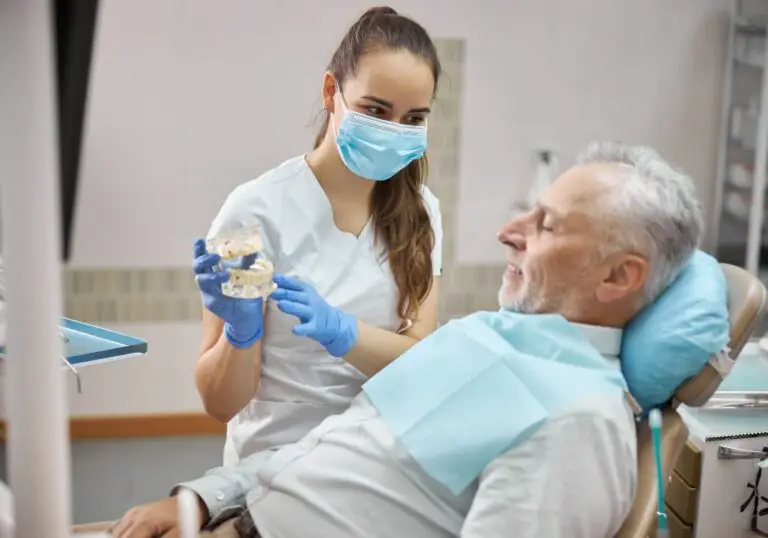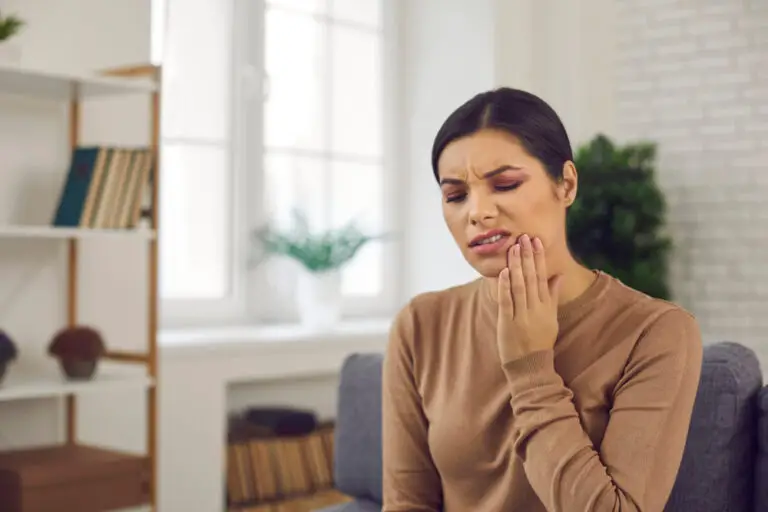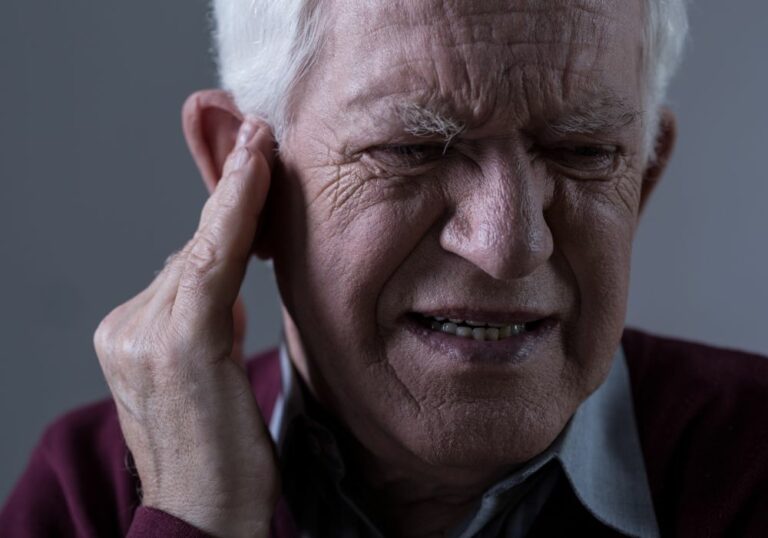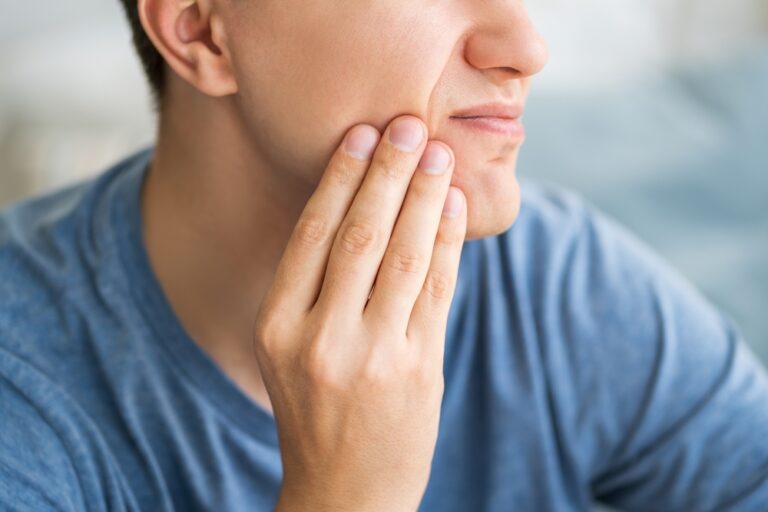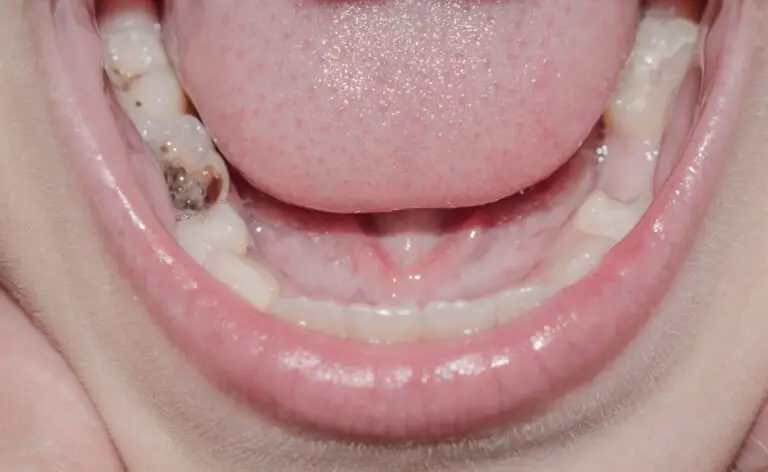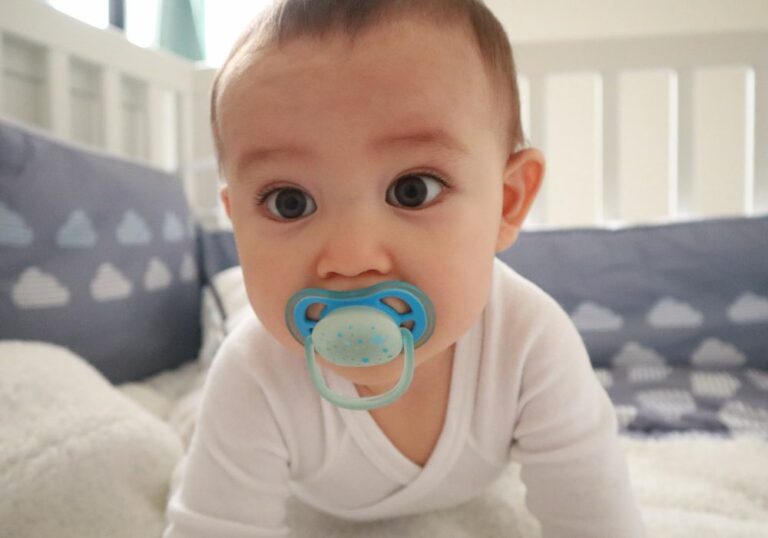It’s an all too common occurrence – you’ve just finished your morning or evening tooth brushing routine, but running your tongue across your teeth, they still have that fuzzy, almost slimy coating, as if you didn’t brush at all. What gives?
Having teeth that don’t feel properly clean after brushing can be frustrating and concerning. You may worry that your oral hygiene routine is ineffective or that something more serious is going on with your dental health. Understanding the wide range of reasons why your mouth may not feel fresh and clean even after a thorough brushing is the first step to resolving this issue.
In this comprehensive guide, we will dig into the various causes behind the “unbrushed teeth” sensation. We’ll look at your daily habits around brushing and flossing, the impacts of diet and medications, possible oral infections like thrush, and certain dental health problems that could be to blame. You’ll learn ways to optimize your brushing routine for cleaner teeth and when it’s crucial to see your dentist. Read on to finally get to the bottom of why your pearly whites don’t feel as clean as they should!
Habits Around Brushing and Flossing

For many people, the reason behind teeth feeling unclean even after brushing comes down to daily oral hygiene habits. Make sure you are not making these common tooth brushing mistakes:
Rushing Through Brushing
It takes 2-3 full minutes of brushing to adequately remove plaque from all surfaces of your teeth. Yet many of us hurry through a 30 second or even shorter brushing, especially first thing in the morning when getting ready for work or school. This simply does not allow enough time for the toothbrush bristles to mechanically remove sticky plaque from the crevices of your teeth. Set a timer or play a 3 minute song while brushing to ensure you meet the recommended brushing time.
Using a Poor Brushing Technique
You want to hold your toothbrush at a 45 degree angle aimed towards your gums. Gently use short circular scrubbing motions as you move the brush over all surfaces of your teeth – outsides, insides, tops of molars, and along the gumline. This allows brush bristles to get between teeth and under the gumline. Avoid violent sawing motions or just going back and forth over the fronts of teeth.
Applying Too Much Pressure
It’s easy to scrub overly vigorously in an attempt to brush away pesky plaque and food debris. But using too much force can actually damage protective tooth enamel leaving microscopic scratches in the enamel that then attract more plaque buildup. Enamel cannot regenerate or repair itself once destroyed. Instead, use light pressure and let the brush do the mechanical work for you.
Choosing a Stiff Bristle Brush
Some people mistakenly think that stiffer bristles must be better at scrubbing away plaque. However, stiff brushes are abrasive to tooth surfaces and can irritate gums leading to recession over time. Choose a soft or extra soft bristle toothbrush. These are gentle on enamel but still effective at plaque removal. Hard and medium bristled brushes should be avoided.
Not Replacing Your Toothbrush
Toothbrushes wear out after about 3 months of normal use. Older brushes have bent, frayed bristles that are less effective at cleaning. The bristles also harbor more bacteria, viruses, and fungal organisms that can lead to illness. Make a habit of replacing your toothbrush or electric brush head every 3 months.
Not Brushing Your Tongue
Your tongue harbors just as much bacteria as the rest of your mouth. Brushing it helps scrape away this layer of microbes leaving your mouth feeling fresher. Use gentle motions to clean the surface of your tongue anytime you brush. Avoid the back of the tongue which may trigger the gag reflex.
Forgetting to Floss
While brushing removes plaque from tooth surfaces, only flossing can remove food particles and plaque from in between teeth and just below the gumline where plaque first forms. Not flossing means this bacteria-rich area doesn’t get a needed daily cleaning. Take a couple minutes to floss after brushing at night and your mouth will feel so much cleaner.
Swishing Too Vigorously After Brushing
While you want to rinse your mouth with water after brushing to clear away any lingering toothpaste foam and residue, avoid swishing or rinsing too forcefully. Aggressive swishing can actually dislodge plaque that was nicely loosened by your brushing before it gets fully rinsed away. Rinse your mouth out gently instead.
Diet and Lifestyle Factors
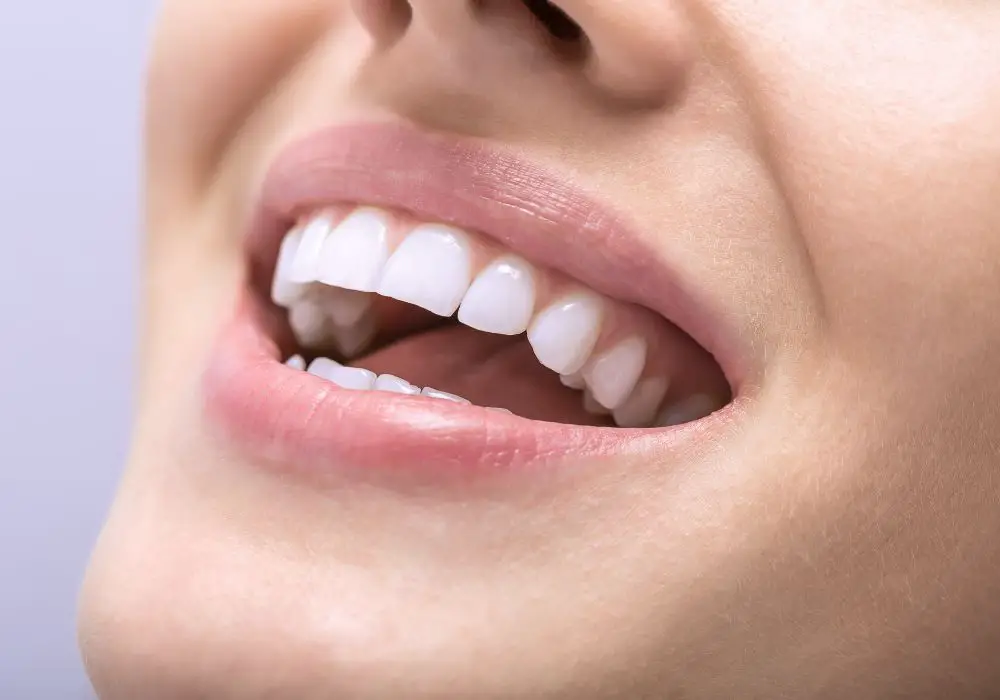 Certain foods, beverages, and lifestyle factors introduce staining, erosive acids, and sugars into the oral environment that can leave teeth feeling less than squeaky clean after your oral hygiene routine.
Certain foods, beverages, and lifestyle factors introduce staining, erosive acids, and sugars into the oral environment that can leave teeth feeling less than squeaky clean after your oral hygiene routine.
Foods and Drinks That Stain Teeth
Coffee, red wine, tea, dark berries, tomato sauce, curry, soy sauce, balsamic vinegar, sports drinks, and colas all contain pigments that can embed into microscopic fissures and pits in your enamel. This leaves a discoloring film even after brushing. Minimize consumption and frequency to avoid stains. An occasional straw can help divert dark liquids away from your front teeth.
Acidic Foods and Beverages
Frequent exposure to acidic foods and beverages wears away tooth enamel over time through a process called erosion. Enamel becomes thinner, rougher, and more porous allowing plaque to penetrate deeper and adhere better. Acidic culprits include citrus fruits and juices, vinegar, pickled foods, wine, soda, and energy drinks. Rinse with plain water after consuming and wait at least 30 minutes before brushing so you do not scrub directly on softened enamel.
Sugary Foods and Drinks
Foods high in sugar like candies, cookies, sodas, and sugary cereals feed the plaque bacteria and allow them to generate acids that demineralize enamel, setting you up for decay. Be sure to brush after consuming sugary items. Limit them to mealtimes only as frequent snacking will have a negative impact on your oral health and feeling of cleanliness.
Tobacco and Smokeless Tobacco Use
Chewing tobacco is especially problematic as the tobacco sits in direct contact with teeth and gums for prolonged periods. But smoked tobacco also discolors teeth and allows more plaque accumulation. Both smoked and smokeless tobacco significantly increase your risk for gum disease and oral cancer as well. Quitting is ideal, but minimizing use helps lessen the oral impacts.
Alcohol Consumption
Drinking alcohol leads to reduced saliva flow while you sleep. Saliva helps buffer acids and wash away food particles. The resulting dry mouth allows more plaque to build up overnight. Moderate your alcohol, stay hydrated, and be sure to brush well before bed if you do drink alcohol.
Bulimia Nervosa
Frequent self-induced vomiting erodes tooth enamel from exposure to stomach acids. The backs of teeth tend to exhibit the most damage. Veneers, dental bonding, or crowns may be needed to mask erosion but the condition requires medical treatment as well. Good oral hygiene and fluoride use after episodes of vomiting can help minimize enamel loss.
Medications That Affect Your Mouth
Hundreds of common over-the-counter and prescription medications produce dry mouth or xerostomia as a side effect. With reduced or absent saliva flow, your mouth’s natural bacteria cleansing mechanism is impaired. Some medications also leave an unpleasant metallic taste that lingers despite brushing. Talk to your doctor if you suspect a medication is negatively impacting your oral health. Sipping water or sugar-free drinks and chewing gum boosts saliva levels.
Oral Infections

Certain infections of the mouth make it difficult to brush away the evidence, leaving your teeth feeling coated and fuzzy.
Oral Thrush
This fungal infection is caused by the yeast Candida Albicans that is normally present in the mouth. When conditions allow it to overgrow, creamy white lesions develop on the insides of the cheeks, tongue, palate, and lips. The tongue takes on a white discolored coating that can feel rough despite brushing. Oral thrush requires an anti-fungal rinse or lozenges to clear up.
Strep Throat
Strep bacteria can infect the tonsils and back of the throat. Pus and debris can collect in the throat and the bacteria causes a bad taste that lingers despite oral hygiene efforts. Antibiotics are needed to treat the strep infection.
Tonsillitis
Infection and inflammation of the tonsils causes white or yellow debris to become trapped in tonsil crypts. This can make the throat feel coated. Again, brushing the mouth itself is ineffective and treating the tonsillitis with rest and antibiotics is key. Tonsil removal may be required if bouts of tonsillitis become chronic.
Pericoronitis
This is an infection in the gum flap over a partially impacted or erupting wisdom tooth. Debris easily gets trapped under the flap causing swelling, pain, and a bad taste that brushing won’t fix. Removing the problematic wisdom tooth or antibiotics to clear the infection are required.
Actual Dental Problems
Sometimes no matter how much you brush or how well you think you’re removing plaque, your teeth maintain that filmy feeling because of an underlying dental health issue that requires professional treatment.
Gingivitis
This earliest stage of gum disease involves bacterial plaque irritating the gums, causing inflammation, redness, swelling, and tenderness. The inflammation can leave a slimy feeling as diseased fluid leaks from the gums. Meticulous oral hygiene and having your dentist remove built-up calculus can resolve gingivitis if caught early.
Periodontitis
Left untreated, gingivitis can advance to periodontitis, a serious infection that damages the gum tissue and destroys the bone supporting teeth. Periodontitis allows deep pockets around teeth to form that trap more bacteria and plaque below the gumline. Teeth feel loose, gums recede, and that unbrushed feeling persists. Deep cleanings, antibiotics, and grafting procedures may be needed to treat periodontitis.
Cavities
Untreated decay leads to tooth cavities that are holes in the enamel. Plaque and bacteria become trapped inside the porous openings. As the cavity enlarges, your tooth’s structure is weakened and the inner pulp can become irritated, causing toothache pain and sensitivity. Getting dental fillings placed is the only way to repair cavities and eliminate that unclean hollowed-out feeling.
Tooth Erosion
Enamel erosion from frequent exposure to acidic foods and drinks causes surface roughness, sensitivity, transparency, and thin enamel that appears yellowish from the underlying dentin showing through. The micro unevenness makes plaque adhere readily. Dentists can apply protective sealants and fluoride treatments to help prevent further enamel loss. But eroded enamel cannot heal or regenerate on its own.
Cracked or Broken Teeth
Fractures and cracks in the enamel and roots allow plaque and bacteria to enter the tooth structure leading to inflammation and infection of the inner pulp. Floss easily catches painfully on the cracks. Biting hard foods becomes difficult. Root canals, dental crowns, or tooth extractions are often needed to remove the damaged, infected tooth portions and rebuild the tooth.
Denture Problems
Issues like poorly fitting dentures, fungal infections under dentures called denture stomatitis, and accumulation of plaque and tartar on dentures or around dental implants can all make your mouth feel unclean. Seeing your dentist for adjustments and meticulous at-home denture care is key.
When You Must See a Dentist

While optimizing your daily oral hygiene routine can help resolve that pesky “unbrushed teeth” feeling for some people, if the problem persists it’s crucial to get a professional dental exam to diagnose and resolve any underlying issues. Book an appointment right away if you experience:
- Persistent bad breath and bad taste that doesn’t resolve with brushing
- Red, swollen, or bleeding gums
- Pus discharge from gums
- Loose teeth, toothache pain, or mouth sores that don’t heal
- White, yellow, brown or black discolorations that don’t brush away
- Increased temperature sensitivity
- Changes in taste perception
- Difficulty eating and chewing foods
- Sudden chipped or damaged teeth
- A feeling that your bite is “off”
Don’t delay when it comes to your dental health. Stopping by your dentist’s office for an exam takes just a few minutes and getting to the root of oral problems quickly leads to less complex treatments. They can also clean areas that are impossible to reach at home leaving you with that “just left the dentist” fresh and clean sensation!
Optimizing Your Oral Hygiene Routine
While awaiting your dental visit, you can take proactive steps to improve your oral hygiene:
- Brush gently for a full 2-3 minutes twice a day
- Hold bristles at a 45 degree angle to the gums using gentle circular motions
- Switch to a soft or extra soft bristle toothbrush
- Use a tongue scraper daily
- Floss thoroughly up under the gumline once a day
- Rinse lightly with water after brushing
- Limit acidic, sugary, starchy and staining foods and drinks
- Stay hydrated and use gum or lozenges to boost saliva
- Replace your toothbrush every 3 months
- Get professional cleanings and exams every 6 months
Developing excellent oral hygiene habits serves as your best defense against plaque buildup and dental disease. When paired with regular professional care, you’ll be able to keep your mouth feeling healthy, fresh and clean at all times.
Frequently Asked Questions
Why do my teeth feel slimy after I brush them thoroughly?
That slimy feeling is likely from plaque biofilm on your teeth. Brushing for at least 2 full minutes with proper technique should remove it. Avoid rinsing too vigorously after brushing. Consistent flossing will help clean areas your toothbrush misses.
What causes my teeth to feel rough and bumpy?
Enamel erosion from acidic foods, gum recession exposing roots, brushing too aggressively, and advanced tooth decay all leave enamel feeling rough and uneven. See your dentist promptly to assess the cause and get needed treatment.
Why does my mouth still taste bad even after brushing and mouthwash?
Oral infections like thrush or periodontal disease can leave lingering bad tastes that oral hygiene alone cannot fix. Your dentist can diagnose and provide prescription treatments for any infection present. Medications can also alter taste perception.
Is it okay if my teeth feel a little fuzzy after brushing?
Your tooth enamel naturally has microscopic ridges, pits, and fissures that can be felt by the tongue after brushing. A totally smooth tooth surface isn’t expected or necessary for clean teeth. Focus on removing soft plaque.
How can I tell if I have gum disease?
Red, swollen, painful gums that bleed easily when brushing or flossing indicate gingivitis. Gums that recede from the teeth plus teeth feeling loose or moving are signs of advanced periodontitis. Seek professional dental treatment.
Takeaway
Don’t let your teeth feel like you skipped brushing even after you put in the oral hygiene work! By identifying what habits may be undermining your efforts and recognizing potential underlying health and dental issues, you can seek solutions. Tending to your daily home care routine along with regular dental cleanings and exams ensures your mouth feels fresh, healthy and squeaky clean at all times.

